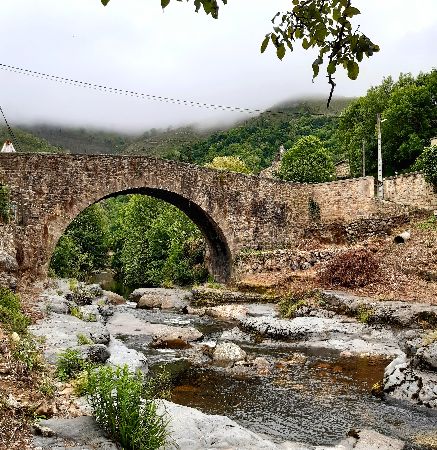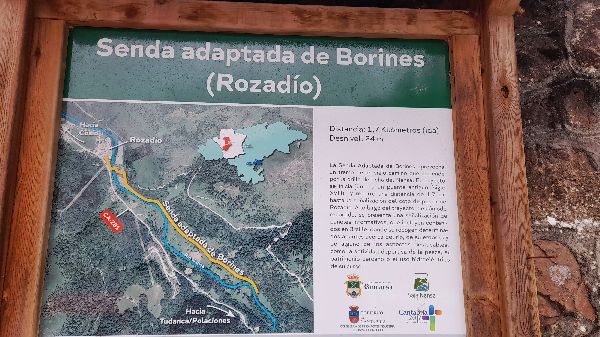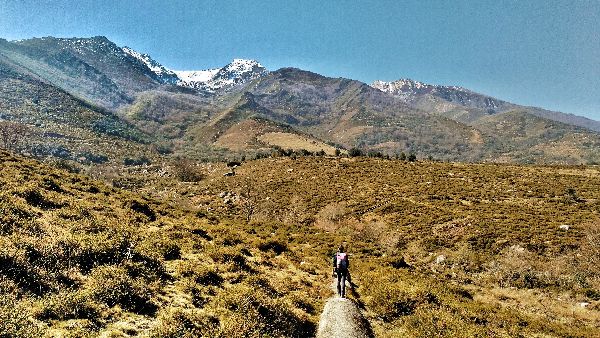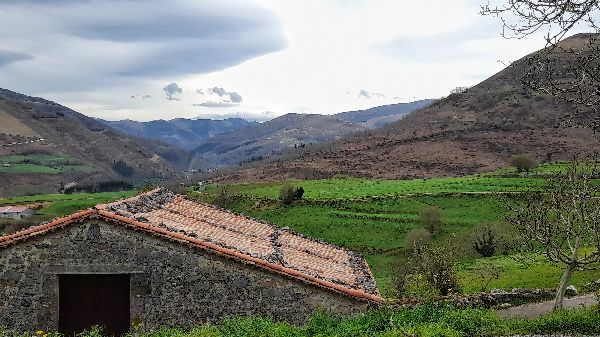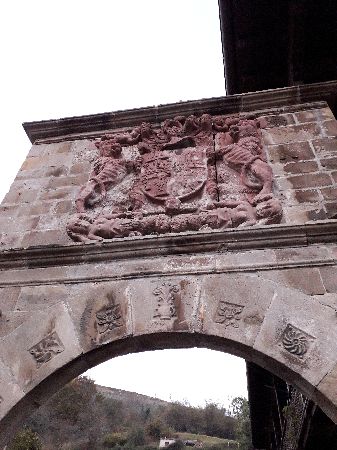Rionansa

 Download the cheat sheet and go!
Download the cheat sheet and go!
|
Rionansa is an important crossroads in Cantabria, as well as a means of communication between the Nansa and Saja valleys, Liébana, the Castilian meseta and the west coast. The territory is comprised of 16 towns: Arenas, Las Bárcenas, Cabrojo, Celis, Celucos, Cosío, La Cotera, La Herrería, Obeso, Pedreo, Los Picayos, Riclones, Rioseco, Rozadío, San Sebastián de Garabandal and Puentenansa. Did you know that Rionansa is one of the municipalities in the region that hides the most underground treasures? For one, there’s El Soplao cave, a geological marvel that is shared with the municipalities of Herrerías and Valdáliga. Then, there’s also the Moro Chufín, Micolón and Porquerizo caves. These latter caves were inhabited by man in Prehistoric times who left their mark with paintings and etchings inside the caves. Both the Chufín and El Soplao caves are open to the public and we highly recommend visiting them. When it comes to architecture, a few places come to mind, like the 14th century Rubín de Celis Tower in Obeso, La Herrería bridge from the 18th century in Celis and grand houses in Cosío, Celis or San Sebastián de Garabandal. Finally, it wouldn’t be a rural area without cattle and that’s why there’s the San Miguel livestock fair, which is a benchmark in the whole region. Don’t you want to visit Rionansa? Now, we’ll reveal more details about the ESSENTIAL places you need to EXPLORE, and interesting facts that will make your visit more fun.
If you want to experience what it was like to live in Prehistoric times, then come to Chufín cave! In 2008 it was declared a UNESCO World Heritage site. It’s located next to the Palombera reservoir in Riclones, where the Lamasón River (also known as Tanea River) and the Nansa River meet. It’s a place that will take your breath away! In the corridors of the cave, there are engravings of deer, bison and other signs from 15,500 B.C. You have to wear a helmet and kneepads inside because you have to crawl about 4 meters. Once inside the cave chambers, there’s a small lake and red paintings on the walls. We won’t tell you about the end of the tour...you’ll have to come see it for yourself!
Cosío is a village where the Vendul and Nansa Rivers meet. Throughout their courses, there were hydraulic mills and a forge. Its houses and mansions are typical examples of traditional “montañes” architecture. For instance, there are 17th century buildings like the Cosío family home, which is known as The Tower because of its defensive appearance; or San Miguel church. There’s also the La Panda House which is from the 18th century. Furthermore, Cosío was named Most Beautiful Village in Cantabria in 2016.
Garabandal is known as a religious destination due to sightings of the Virgin Mary in the 1960s.
Puentenansa is the point where many roads intersect, like the road that connects the Nansa valley with Lamasón via the Collado de Ozalba (also known as Jozalba). Shortly before reaching the top of Ozalba, you’ll see the La Tejera recreational area. From here, you can see panoramic views of different mountains, like the Sierra del Escudo de Cabuérniga and the Collada de Carmona, and the villages of Obeso, Puentenansa, Rioseco, Pedreo and Carmona.
The municipalities of Herrerías, Rionansa and Valdáliga share a subterranean world: the El Soplao cave. At the beginning of the 20th century, a group of miners discovered El Soplao while they were looking for zinc. Its geological richness is its greatest attraction. The cave is covered in speleothems like stalactites, stalagmites, flowstones and columns, although the eccentric ones are the most striking and amazing. There are 3 types of tour visits:
There’s no better way to get to know a place’s traditions than by going to a festival. The San Miguel livestock fair is held on September 29th, and it’s when livestock, folklore and tradition come together. It takes place on a field called “Prao Socoyo,” along the CA – 281 road between Puentenansa and Cosío. The majority of the cattle are Tudanca cows, a breed native to Cantabria. However, of course, there are other cow breeds as well, like Charolais, Limusin, Swiss Brown, Asturian Valley, Asturian Mountain, and other mixed breeds. During the day there’s a wide variety of activities, like an artisan market, a contest in which cows pull and drag rocks, a folk song concert, and open-air dances.
Here are some suggestions of interesting things to see in Rionansa.
For centuries, the water of the Nansa River has been used to make grinders, fulling and water mills, and iron foundries run; and in the 20th century it was used to move turbines and produce electricity. It’s one of the rivers that has been most modified by the hand of man with the construction of reservoirs, diversion dams and falls along its course. There were hydraulic mills in Rionansa, of which there are still some remains today, like the Jacoba mill in Cosío. There are two hydroelectric power plants: in Rozadío and Celis. The plant in Rozadío has a 13km long penstock that captures the water from the La Lastra reservoir. It’s the main plant that gets electricity through other falls to distribute to Torrelavega and Los Corrales de Buelna.
Before reaching San Sebastián de Garabandal, there’s a path on the right that goes up to the foot of the Peña Sagra mountain and the Tánago cabins. It’s an incredible landscape with lots of hidden gems like menhirs and megaliths from the late Neolithic and Chalcolithic period. Among these different structures, the most unique is the El Hoyo de La Gandara idol, a rock from the glacial period located next to an artificial canal. On the eastern side of the rock which faces Peña Sagra, there are geometric engravings. The landscape and the place’s symbology are both highly recommended.
La Herrería bridge is in La Herrería, along the road that connects Celis and Riclones. In 2004 it was declared a Cultural Interest Asset. Juan Gutiérrez Rubín de Celis—an Indiano who went to Mexico—funded it in the 18th century for 8,000 pesos. If you visit, you’ll see that it has a small “santuco” with the Heart of Jesus. The “santucos” are small shrines with religious imagery that are set along the main roads. They were a way to protect the walkers’ souls.
|




